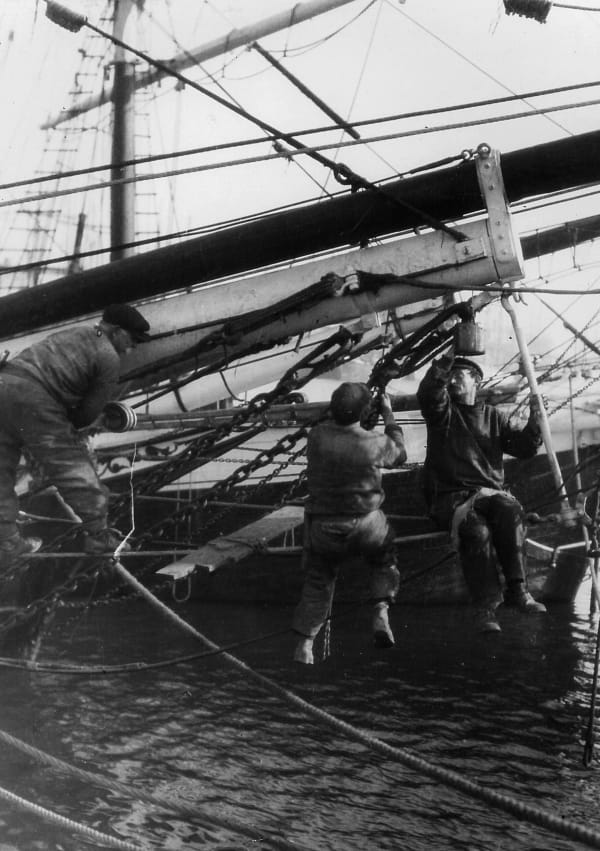Germaine Krull
Modernist photographer Germaine Krull led an extraordinary life that spanned nine decades and four continents. She was witness to many of the major events of the twentieth century and with her camera examined and recorded the industrial, technological and cultural transformations that took place following World War I. Born in Wilda, East Prussia (now Poland), Krull studied photography as a young woman in Munich. Politically minded for her entire career, Krull was briefly imprisoned in Russia as a counterrevolutionary and then deported before moving to Berlin in 1922.
Working as a photographer, her subjects and were varied and diverse: fashion spreads, architecture, nudes, avant-garde montages, street photography and highly successful commercial advertising work all contributed to her body of work. Moving to Paris in 1928 and to Amsterdam later on, Krull was concerned with depicting all aspects of the modern city, with dramatically high angles, muscular patterns and near-abstracted close-ups.
Send me more information on Germaine Krull
Join our mailing list for updates.
* denotes required fields
We will process the personal data you have supplied in accordance with our privacy policy (available on request). You can unsubscribe or change your preferences at any time by clicking the link in our emails.





















